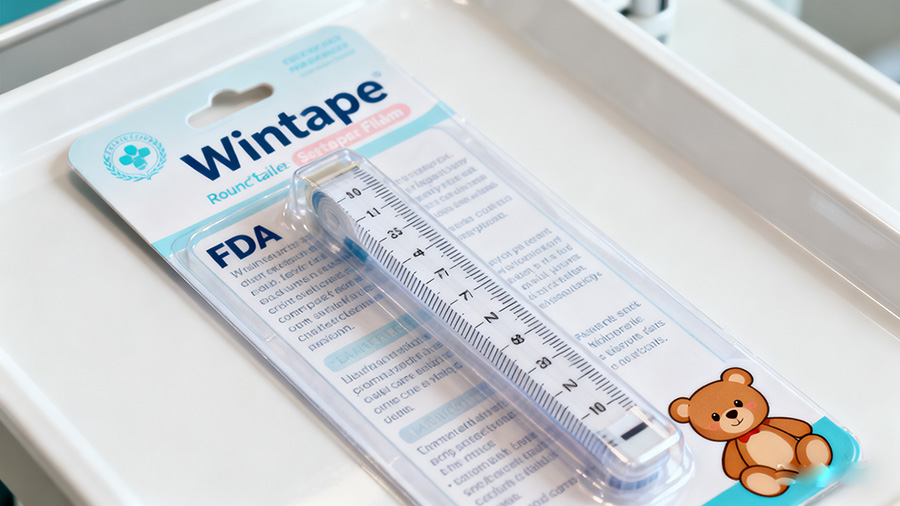Cerebral palsy (CP) is a lifelong neurodevelopmental disorder. It affects movement, posture, and often leads to feeding and swallowing problems. These problems increase the risk of malnutrition in children with CP. Malnutrition worsens health outcomes and reduces rehabilitation effectiveness. Doctors need simple, reliable tools to screen for malnutrition in this vulnerable group. The mid-upper arm circumference (MUAC) z-score is one such tool. A recent study in Türkiye tested its accuracy for detecting wasting in children with CP.
How the Study Worked
Researchers conducted a single-center, cross-sectional study. They enrolled 83 children with CP aged 6 months to 17 years. The team collected several measurements and clinical details:
Anthropometric data: MUAC (both arms) and body mass index (BMI)
- Clinical history: Birth weight, history of phototherapy (for newborn jaundice), and Gross Motor Function Classification System (GMFCS) level
- Nutritional status: Defined wasting as a BMI z-score of ≤ −2
They used statistical methods to evaluate MUAC z-score performance. Receiver Operating Characteristic (ROC) analysis measured its ability to distinguish wasted children. Logistic regression tested whether adding birth weight or phototherapy history improved accuracy.
Key Findings
MUAC Z-Score Alone Shows Moderate AccuracyThe MUAC z-score identified wasting with an Area Under the Curve (AUC) of 0.805–0.821. This result indicates good discrimination. However, its sensitivity was low (67%). Low sensitivity means the test missed many true cases of wasting. The study found no difference in accuracy between measurements on the right arm, left arm, or unaffected arm (*p* > 0.05).
Combining Factors Boosts PerformanceAdding birth weight and phototherapy history significantly improved malnutrition detection:
- Birth weight: Lower birth weight linked strongly to wasting risk (*p* = 0.014)
- Phototherapy history: Associated with higher malnutrition risk (*p* = 0.046)
- Combined model AUC: Increased to 0.876
Phototherapy may signal neonatal complications affecting long-term nutrition. Birth weight reflects early growth patterns. Both factors add context beyond arm circumference alone.
Why MUAC Still Matters
Despite its limitations, MUAC offers practical advantages:
- Simple and fast: Needs minimal training or equipment
- Non-invasive: Suitable for children with contractures or movement disorders
- Cost-effective: Critical for resource-limited settings
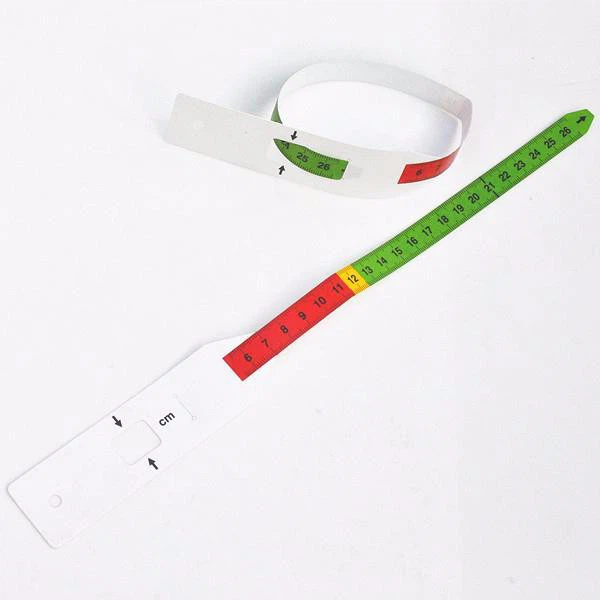
Challenges in CP Nutrition Assessment
Screening for malnutrition in CP is difficult. Standard growth charts often fail to account for:
- Body composition differences: Children with CP may have altered muscle/fat ratios.
- Motor impairments: Height measurements can be unreliable.
- Feeding difficulties: Swallowing problems directly reduce nutrient intake.
Current guidelines recommend using Z-scores (WAZ, HAZ, BMIZ) over percentile charts. They also advise against CP-specific growth curves for diagnosis but support them for monitoring progress.
Implications for Clinical Practice
This study supports using MUAC z-score as a first-step screening tool. However, clinicians should:
- Combine MUAC with clinical history: Always ask about birth weight and neonatal jaundice (phototherapy).
- Confirm positive screens: Use BMI z-score or other measures for wasting diagnosis.
- Prioritize severe cases: MUAC’s high negative predictive value (NPV) reliably rules out wasting. This helps focus resources on high-risk children.
Individualized nutrition plans remain essential. One study of 90 children with CP showed 53.3% malnutrition prevalence. After tailored interventions, weight and WAZ scores improved significantly (*p* < 0.05) 9.
Conclusion
The MUAC z-score is a usable screening tool for wasting in children with cerebral palsy. Its moderate sensitivity alone limits its use as a standalone test. However, combining it with birth weight and phototherapy history improves accuracy substantially (AUC: 0.876). This approach offers a practical, evidence-based method for early malnutrition detection in high-risk settings. Future work should validate these findings in larger, multi-center cohorts. Integrating MUAC into broader nutritional assessments may enhance outcomes for children with CP globally.
Wintape Measuring Tape Company
Custom Tape Measure Manufacturers
For All Your Measuring and Promotional Needs.
86-18588000509
cici@tape-measure.com
Custom Tailor Measuring Tape
Custom Body Measuring Tape
Custom Paper Measuring Tape
Custom MUAC Tape
Custom Wound Ruler
Custom Diameter Pi Tape
Custom Digital Tape Measure Laser
Custom Adhesive Measuring Tape
Custom Mini Tape Measure
Custom Horse Weight Tape
Custom Stainless Steel Tape Measure
Custom Long Tape Measure
Custom Measuring Tape
© 2025 Wintape Tape Measure Co.,Ltd | Privacy Policy | Sitemap | Contact Us | Powered by matchPages






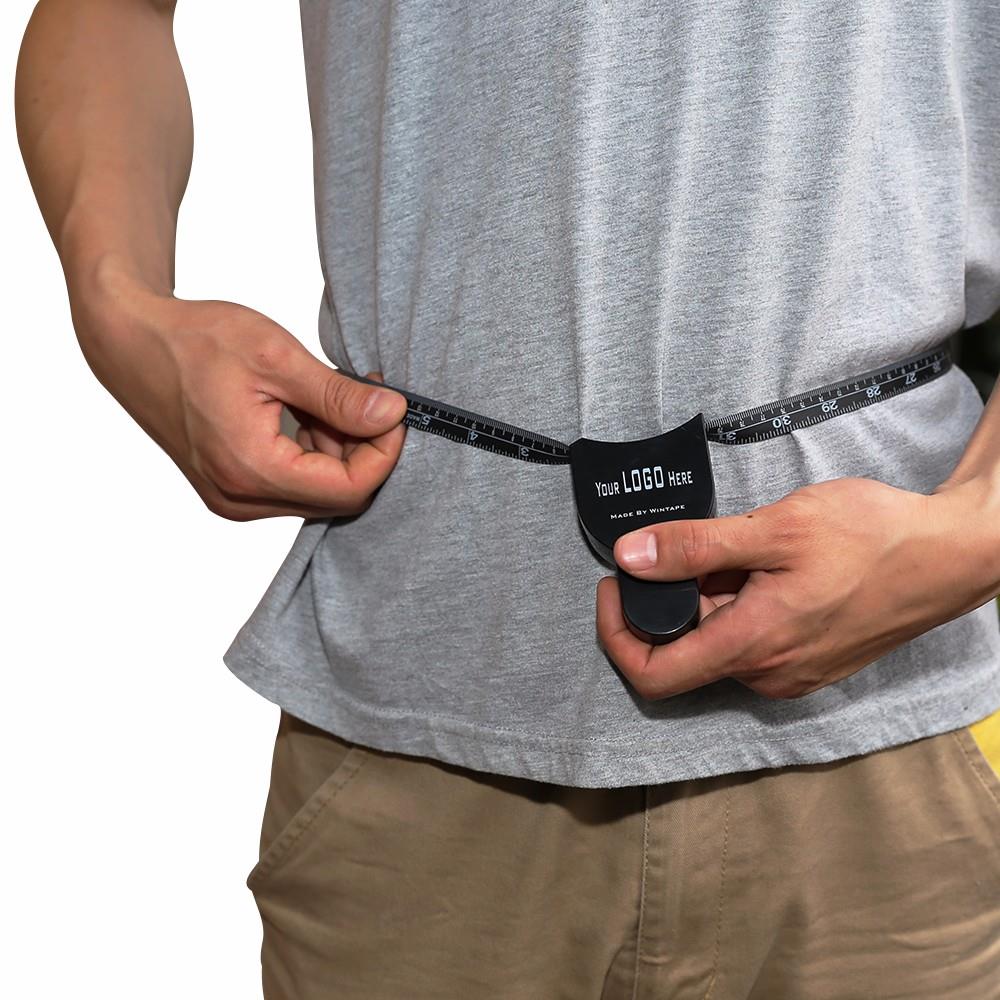
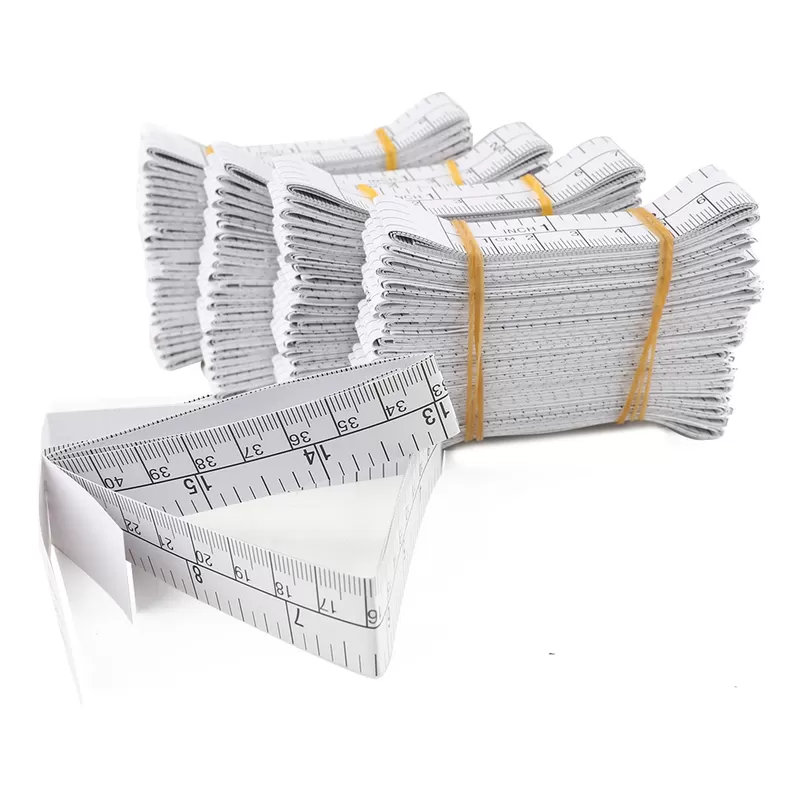
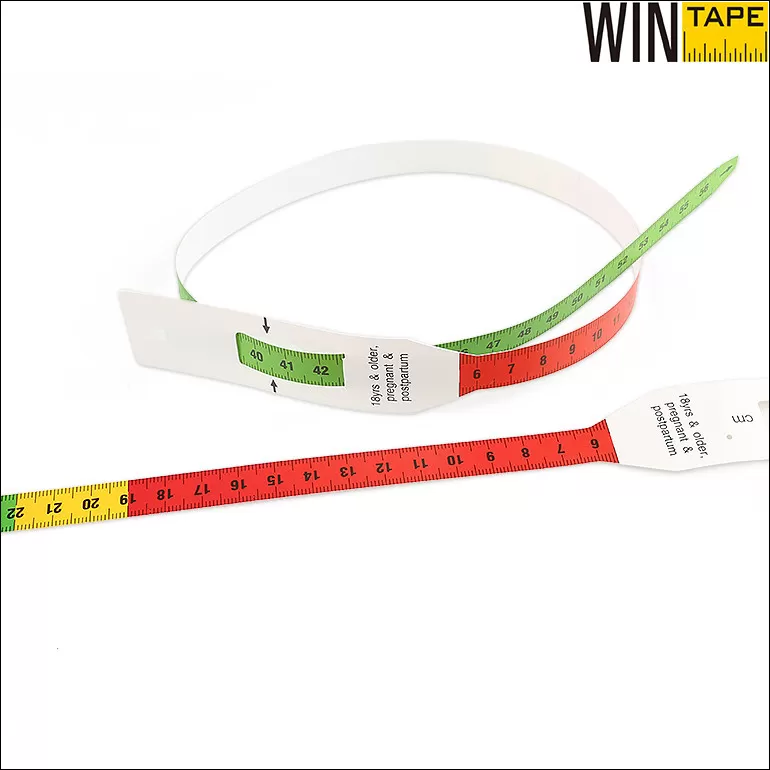

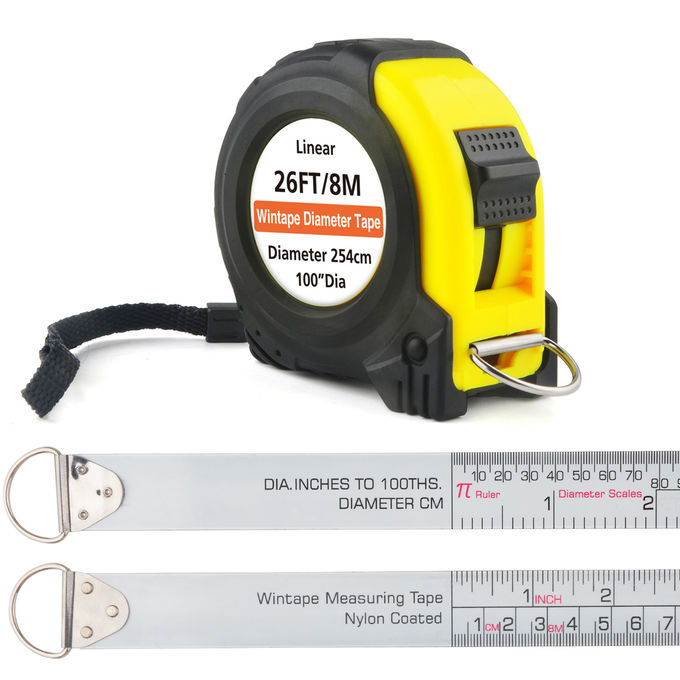
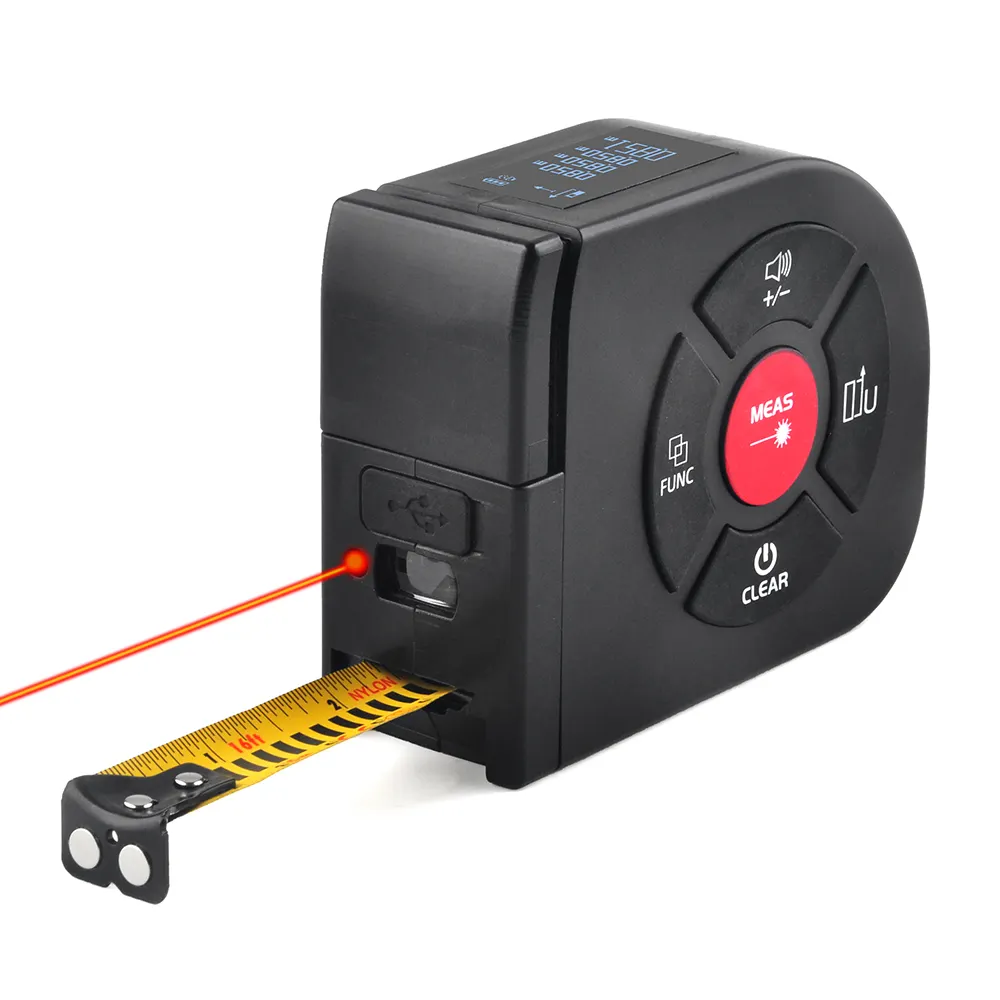

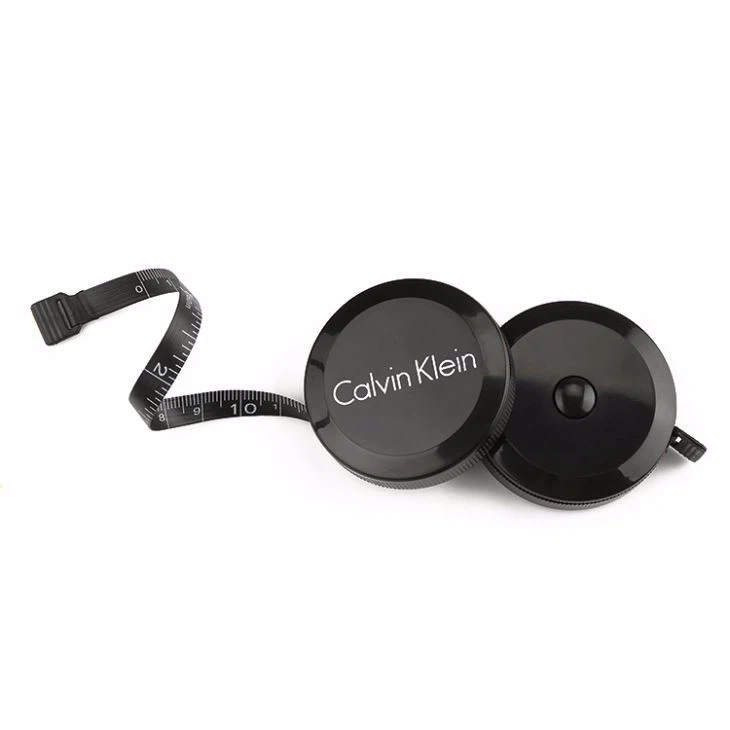

.webp)
.webp)






